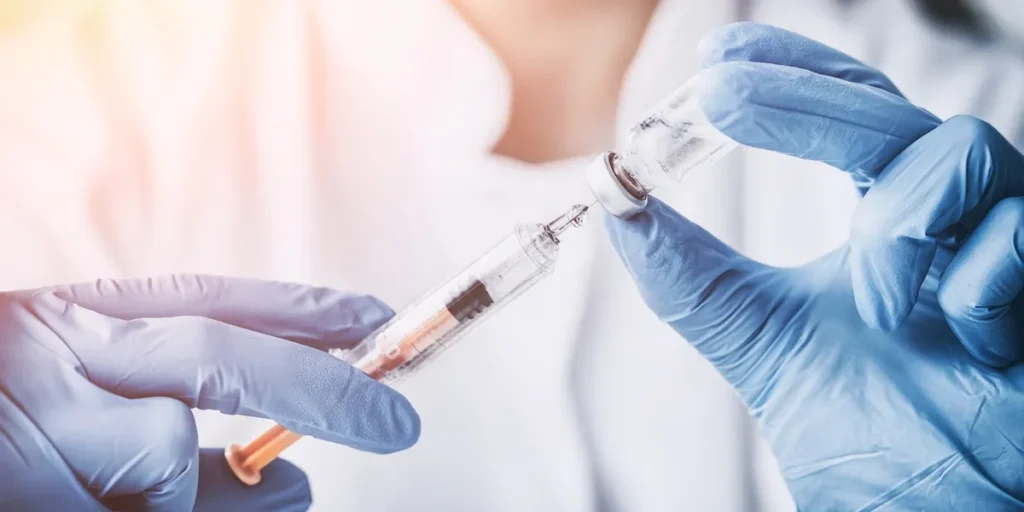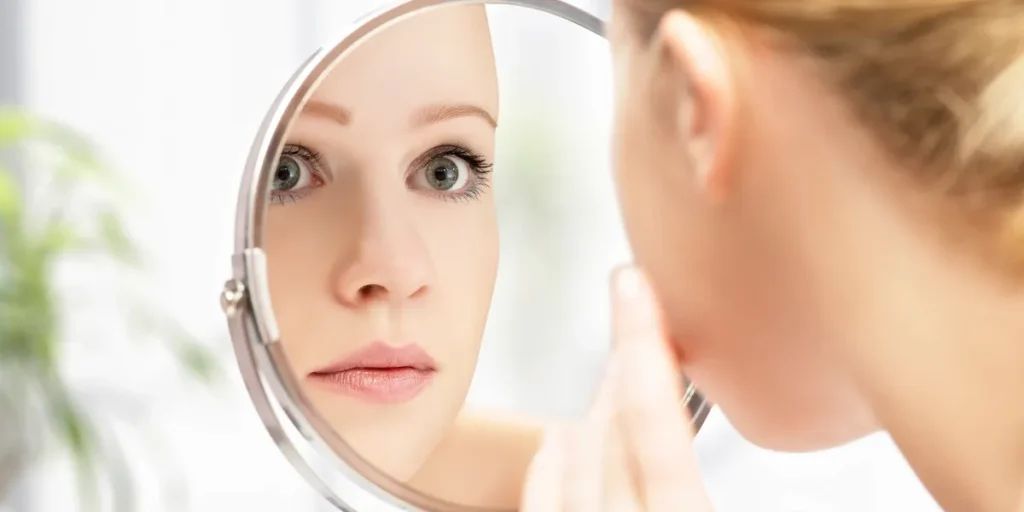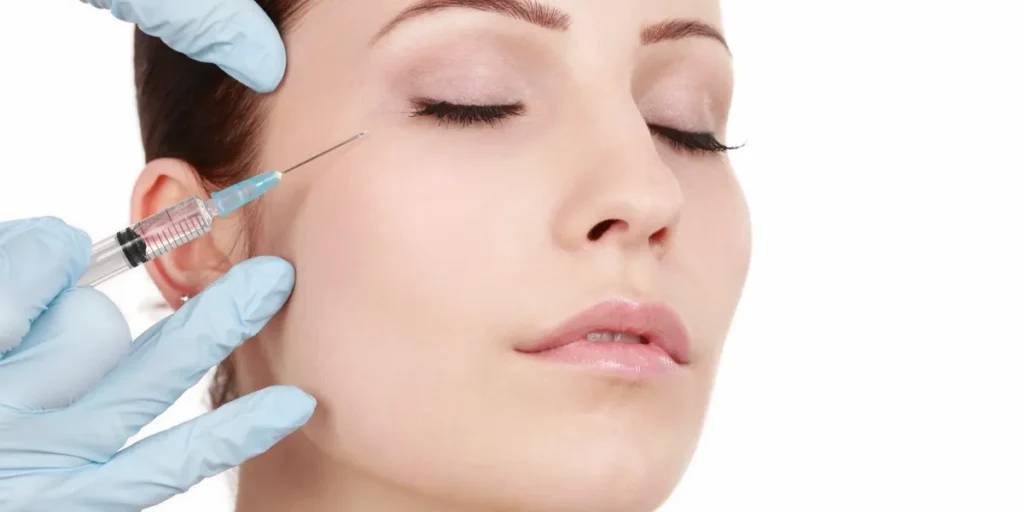Botox Treatment

Approved for the past 22 years, Botulinum toxin has been a commonly used method of wrinkle removal since 2002. Within 20 years of use it has become the most commonly used cosmetic treatment worldwide. Im sure they you have many questions… What it really is it? How does it work? Is it safe? Is the effect reversible? Can you be allergic to it? I’ll try my very best to give you an idea of what this incredible toxin is about, and try and keep you awake whilst doing so.
What To Expect
“Cosmetic Botulinum toxin treatment is sending your skin on Holiday for a few months” is what I was told when I was first told about Botox. First results are seen after a few days after the procedure (usually 4-5). Dependent on the wrinkle severity they may be softened, reduced, or completely removed. For the full result you must wait around two weeks for it to fully settle.


How Long Do The Results Last For?
Fine lines may reappear around four to five months post-procedure. Full muscle activity usually returns after six months due to neuromuscular connections’ regeneration. The reversibility of botulinum toxin ensures that skin changes are temporary, offering flexibility if desired outcomes aren’t achieved. Post-treatment, your skin reverts to its pre-treatment state without damage or laxity, allowing you to decide whether to continue with botulinum toxin or embrace natural aging.
Cat woman? DUCK LIPS?
They have nothing to do with botulinum toxin injections and they are the most common myths I hear almost every day. I’ll describe how you can get that “disaster” on your face in the fillers section.
What is the most common unwanted face disfiguration caused by botulinum toxin?
There are actually two:
1) Clown’s eye brows, called Mephisto effect, caused by the toxin. The main reason for this effect is the inappropriate botulinum administration on the forehead. This can easily be fixed, during the follow up appointment, by injecting an additional number of units in some key anatomical points.
2) Dripping eyelid, is caused by the opposite action – too many units injected to close to the eye brow. Unfortunately, while reversible, the only remedy for this is time.
The History Of Botox
Botulinum toxin, derived from Clostridium botulinum, is widely present in soil, marine sediments, fruits, vegetables, and seafood. This neurotoxin, considered one of the most poisonous substances, inhibits acetylcholine release, causing muscle paralysis. Seven distinct serotypes of botulinum toxin (A-G) have been identified.


First Cosmetic Use
In 1989, Botox® was initially employed for medical purposes, with wrinkle reduction as a side effect. Its registration for cosmetic use in 2002 revolutionised the beauty industry, now a billion-dollar market. Recent reports indicate additional benefits such as alleviating depression and mood swings in menopause.
Available Brands
The history of Botulinum toxin in medicine spans over two centuries. In 1980, Dr. Alan B. Scott pioneered its use on humans, initially treating strabismus. By December 1989, onabotulinotoxin A, known as Botox®, was approved for various conditions, including strabismus, blepharospasm, and hemifacial spasm.
Over time, it gained approval for multiple indications, including cervical dystonia, excessive sweating, migraines, and cosmetic treatments. Other brands like Azzalure®, Vistabel®, and Bocouture® offer alternatives, each with unique characteristics. Prabotulinumtoxin A, marketed as Jeuveau®, is also utilized for cosmetic purposes, though less common. Despite differences, these brands are often colloquially referred to as “Botox,” though this is technically incorrect.
Book In Now
If you have any questions or queries about whether the cosmetic use of Botox is suitable for you, book your free consultation below.

